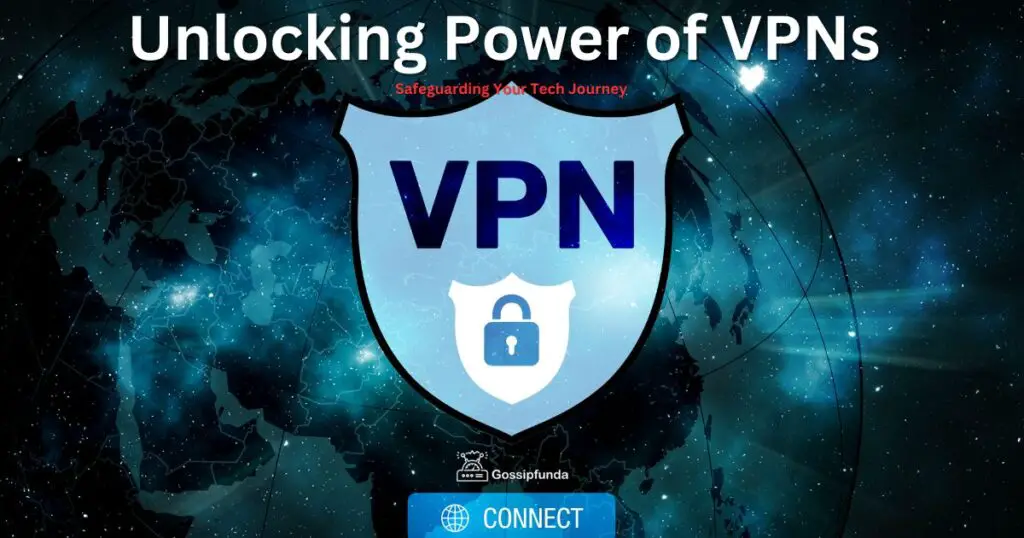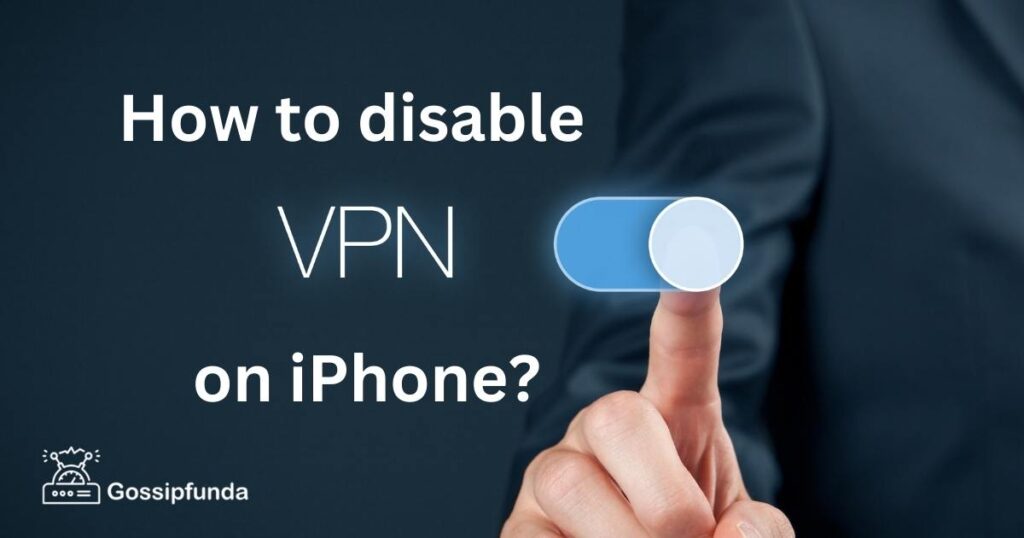As you embark on your digital journey through the vast landscape of technology, have you ever felt a pang of vulnerability, a nagging worry about the safety of your online activities? I vividly recall a recent experience that left me on edge. While connected to a public Wi-Fi network, I couldn’t shake off the unsettling thought that my sensitive information was susceptible to prying eyes. That’s when I discovered the untapped power of VPNs—Virtual Private Networks. These ingenious tools act as shields, fortifying your online presence and protecting your digital footprints from lurking threats. Unlocking the power of VPNs can be a game-changer, ensuring enhanced privacy, security, and peace of mind.
Today, I’m excited to share with you the key steps to take on this transformative journey. By implementing these measures, you can reclaim control over your digital life and safeguard your valuable data from cybercriminals. So, let’s dive in, explore the realm of VPNs, and empower ourselves with the knowledge to navigate the tech landscape securely—here are the steps to take.

Reasons to Embrace VPNs
- Enhanced Online Security: VPNs encrypt your internet connection, making it virtually impenetrable to hackers and cybercriminals. By masking your IP address and routing your traffic through secure servers, VPNs provide an additional layer of protection against data breaches and unauthorized access.
- Privacy Preservation: With the rising concerns about online privacy, VPNs offer a shield to safeguard your personal information. By encrypting your data, VPNs prevent ISPs, government agencies, and advertisers from tracking and monitoring your online activities, ensuring your privacy remains intact.
- Protection on Public Wi-Fi: Public Wi-Fi networks are notorious for their vulnerabilities. However, by using a VPN, you can create a secure and encrypted connection, mitigating the risks associated with connecting to unsecured networks. VPNs shield your data from prying eyes and protect you from potential attacks on public Wi-Fi hotspots.
- Access to Restricted Content: VPNs enable you to overcome geographical restrictions imposed by content providers or governments. By connecting to a server in a different location, you can bypass censorship and access region-locked websites, streaming services, and social media platforms.
- Torrenting and P2P File Sharing: VPNs are invaluable for individuals who engage in torrenting or peer-to-peer file sharing. They provide anonymity and protect your identity while downloading or uploading files, ensuring you remain safe from copyright infringement notices or legal repercussions.
Real-Life Example: John’s Public Wi-Fi Dilemma
John, a frequent traveler who often finds himself working remotely from coffee shops and airports. One day, while connected to a public Wi-Fi network, he unknowingly fell victim to a cyberattack. His sensitive information was intercepted, compromising his online security. Determined to prevent future incidents, John decided to unlock the power of VPNs. He started using a VPN service that encrypted his connection and masked his IP address. With the VPN in place, John could confidently connect to public Wi-Fi hotspots without fear of data breaches. This real-life example demonstrates how VPNs offer a practical solution to protect sensitive information and ensure secure browsing even on unsecured networks.
Implementing VPNs: Step-by-Step Guide
In today’s interconnected world, where digital footprints become more significant each day, ensuring the security and privacy of our online activities is paramount. Unlocking the power of VPNs—Virtual Private Networks—can be the game-changer that safeguards your digital journey. See the step-by-step procedures to implement and optimize your VPN usage:
Step 1: Choose a Reliable VPN Service: Research and select a reputable VPN provider that aligns with your specific needs. Consider factors such as server locations, encryption protocols, logging policies, and user reviews. Utilize the VPN trial now.
Step 2: Install and Set Up the VPN: Download and install the VPN application on your device. Follow the provider’s instructions to set up and configure the VPN properly. This typically involves creating an account, choosing a server location, and establishing the VPN connection.
Step 3: Customize VPN Settings: Explore the settings of your VPN client and customize them according to your preferences. This may include options such as automatic connection on startup, kill switch activation, and split tunneling configurations.
Step 4: Connect to a VPN Server: Launch the VPN application and connect to a server of your choice. Consider selecting a server location that best suits your needs, whether it’s for privacy, bypassing restrictions, or optimizing connection speeds.
Step 5: Verify your VPN Connection: Once connected, verify that your VPN is working correctly by checking your IP address and conducting DNS leak tests. Several online tools and websites can help you confirm if your VPN connection is secure and anonymous.
Step 6: Optimize Your VPN Experience: To maximize the benefits of VPN usage, consider a few optimization techniques. This may involve connecting to the nearest server, utilizing split tunneling for selective traffic routing, or switching protocols for better performance
Step 7: Maintain Software and Security Updates: Regularly update your VPN software to ensure you have the latest security patches and improvements. Keeping your VPN client up to date will help safeguard against any potential vulnerabilities or exploits.
Step 8: Educate Yourself on VPN Best Practices: Familiarize yourself with VPN best practices to make the most out of your VPN experience. Understand the limitations of VPNs, avoid logging into personal accounts while using public Wi-Fi, and be cautious of suspicious websites or downloads.
Step 9: Utilize Multi-Device VPN Support: Many VPN providers offer multi-device support, allowing you to secure multiple devices simultaneously. Take advantage of this feature to protect your smartphones, tablets, laptops, and other internet-connected devices.
Step 10: Test and Troubleshoot VPN Connectivity: Periodically test your VPN connection to ensure it’s working as intended. If you encounter any connectivity issues, refer to your VPN provider’s troubleshooting guides or contact their support team for assistance.
Troubleshooting Tips for VPN Issues
- Slow Connection Speeds: If you experience sluggish VPN performance, try connecting to a different server location closer to your physical location. Additionally, check if other applications or downloads are consuming bandwidth and temporarily pause or limit them. You can also try switching VPN protocols or contacting your VPN provider for recommended settings.
- Compatibility Problems: If you encounter compatibility issues with your device or operating system, ensure that you are using the latest version of the VPN client. Check for any available updates or patches specific to your device or OS. If problems persist, reach out to your VPN provider’s support team for assistance in troubleshooting the compatibility issue.
- DNS Leaks: To prevent DNS leaks, which can compromise your privacy, ensure that your VPN is configured to use its DNS servers. You can verify this by conducting a DNS leak test online. If leaks are detected, consult your VPN provider’s support documentation or contact their support team for guidance on resolving the issue.
- Firewall or Antivirus Interference: In some cases, firewalls or antivirus software may interfere with VPN connections. Temporarily disable any such security software and attempt to establish the VPN connection again. If successful, adjust the firewall or antivirus settings to allow the VPN traffic while maintaining security.
- Clear Cache and Cookies: If you encounter connectivity issues or unexpected behavior, clearing your browser’s cache and cookies can help resolve the problem. These temporary files can sometimes interfere with the VPN connection. Clearing them and restarting the browser may improve VPN performance.
Conclusion
Unlocking the power of VPNs is essential in safeguarding your digital journey. By embracing VPN technology, you enhance your online security, protect your privacy, and gain access to a wealth of content while preserving anonymity. With the step-by-step procedures outlined in this guide, you can confidently implement and optimize your VPN usage. Remember to choose a reliable VPN service, customize settings, and verify your connection for peace of mind. By adhering to best practices and staying informed about VPN developments, you can navigate the tech landscape securely and enjoy a safer online experience. So, take the necessary steps today and unlock the power of VPNs to protect your digital world.
I am passionate about my work. Because I love what I do, I have a steady source of motivation that drives me to do my best.
I’m not comfortable with settling, and I’m always looking for an opportunity to do better and achieve greatness. I have a keen interest in the technical field. Apart from this, I am a social media influencer.
